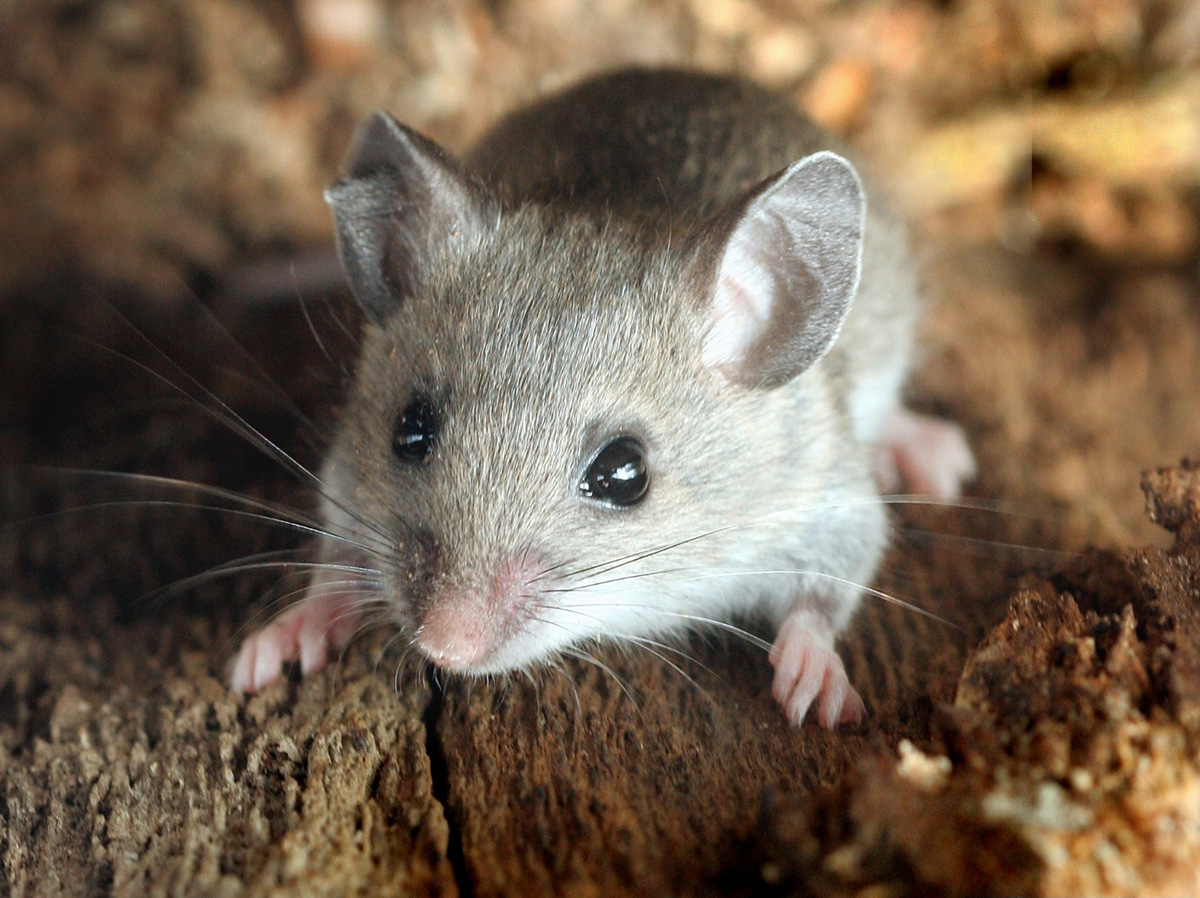
By Soni Cochran, Extension Associate, Lancaster Co.
Spring is a terrific time to do some sprucing up around the home. This is also when people discover rodents have been at work nesting, chewing and leaving their droppings behind for you to find. This article focuses on how to safely clean up after rodents.
GETTING STARTED
Use caution when cleaning up after rodents:
• Wear personal protective equipment like vinyl or latex gloves.
• Properly air out the building. The Center for Disease Control recommends opening doors and windows prior to clean-up. You need to allow at least 30 minutes for the airing-out period and during this time, leave the area. An airing-out period also applies to storage rooms, attics, sheds, barns, cabins and any other outbuildings.
CLEANING UP DEAD RODENTS AND NESTS
• Spray the nest or dead rodent until soaked with a household disinfectant solution or one part bleach to ten parts water. Other disinfectants can also be used as directed. Let the area soak thoroughly 10–15 minutes. If the rodent is in a trap, spray the trap and the rodent. Note: Some surfaces may stain or be discolored after using disinfectants or bleach.
• Turn a sealable plastic bag inside out. Put your gloved hand in the bag and pick up the mouse and/or nest then turn the bag right side out so the mouse and/or nest is in the bag.
• Dispose of the plastic bag with the mouse and/or nest outdoors with your household trash. You can also choose to dispose of the trap with the mouse in it this same way.
CLEANING UP AREA
IMPORTANT: Do not use a broom or vacuum to clean up rodent droppings or nests. It is important droppings and dust in the surrounding area do not become airborne.
• Spray the rodent droppings and surrounding area with disinfectant until wet. Let the area soak for 10–15 minutes. Wearing gloves, use a wet towel, rag, or paper towels to wipe up the droppings.
• Clean any area which may have been contaminated by rodents using a disinfectant or the bleach solution. This includes countertops, cabinets, appliances and flooring. Again, use caution as disinfectants and/or bleach may discolor surfaces.
• Steam clean or shampoo upholstered furniture or carpets exposed to rodents.
• Wash bedding or clothing in hot water with laundry detergent if exposed to rodent urine or droppings.
• Insulation contaminated by rodents should be removed, placed in plastic bags and disposed of.
CLEANING ITEMS STORED IN CONTAINERS
• Move storage containers/tubs outside and place in a well-ventilated area in direct sunlight. Wipe down the outside of the container with disinfectant or bleach solution (1 part bleach, 9 parts water).
• Remove items from storage container/tub after disinfecting the outside of the container. Once the items are removed the inside of the container can be disinfected.
• Clothing, bedding, stuffed toys: Launder in hot water and detergent. Dry on high heat or hang in sun to dry.
• Books, paper, non-washable items: Leave outdoors in direct sunlight for several hours. You can also leave in a rodent-free area for one week before wiping down with cloth moistened with disinfectant.
• Plastic, glass and metal items can be sprayed with disinfectant and wiped down with rags or paper towels before washing. Rags and paper towels should then be discarded in the trash.
• Cardboard boxes contaminated by rodents should be discarded in the trash.
FOLLOWING CLEANUP
Wash your hands thoroughly.
If you feel ill or develop a fever after five days of handling rodents, nests and/or their droppings, seek medical attention. Inform medical personnel of your activities.
CONTROLLING A RODENT PROBLEM
If you are dealing with a rodent problem, it is important to take steps to trap and prevent rodents from entering your home or building. Snap traps or spring mouse traps are effective and inexpensive tools to use. For information on how to set traps, read Nebraska Extension’s NebGuide Controlling House Mice (G1105), available at the Extension office and online at http://lancaster.unl.edu/pest.
ABOUT HANTAVIRUSES
Deer mice and white-footed mice are known hosts for hantaviruses. Both of these mouse species are found in our area. We can be exposed to hantaviruses in a host rodent’s droppings and urine. Once a rodent excretes droppings or urine into the environment, the virus remains infectious for 2–3 days. The sun’s ultraviolet rays inactivate hantaviruses.
Source: Centers for Disease Control